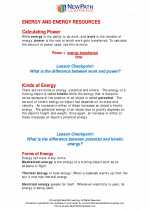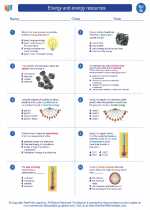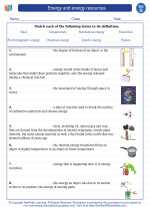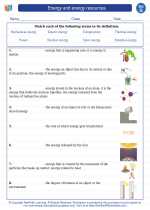Concrete: Composition, Properties, and Applications
Concrete is a composite material composed of coarse aggregate bonded together with a fluid cement that hardens over time. It is one of the most widely used construction materials in the world due to its strength, durability, and versatility.
Composition of Concrete
- Coarse Aggregate: Typically made of gravel, crushed stone, or recycled concrete, provides the strength and bulk of the concrete.
- Fine Aggregate: Consists of sand and helps to fill the voids between the coarse aggregates.
- Cement: Binds the aggregates together and hardens to form a strong matrix. Portland cement is the most common type of cement used in concrete.
- Water: Reacts with the cement to initiate the hardening process through hydration.
- Admixtures: Additional materials such as fly ash, slag cement, or chemical additives that are added to alter the properties of the concrete.
Properties of Concrete
- Compressive Strength: The ability of concrete to withstand loads or pressure.
- Durability: The ability of concrete to withstand weathering, chemical attack, abrasion, or other deterioration processes.
- Workability: The ease with which concrete can be mixed, transported, and placed without segregation or bleeding.
- Permeability: The ability of concrete to allow water or other substances to pass through its pores.
- Density: The mass per unit volume of concrete, which affects its strength and thermal properties.
Applications of Concrete
- Buildings: Foundations, walls, floors, and structural elements in residential, commercial, and industrial construction.
- Infrastructure: Bridges, roads, highways, tunnels, dams, and other civil engineering projects.
- Decorative Elements: Stamped or stained concrete for architectural features, countertops, and artistic installations.
- Pre-cast Products: Modular components such as beams, columns, and panels produced in controlled factory conditions and assembled on-site.
Study Guide
- What are the primary components of concrete?
- Explain the role of water in the hardening of concrete.
- Discuss the various properties of concrete and their significance in construction.
- Provide examples of different applications of concrete in the construction industry.
- Compare and contrast the use of concrete in residential and infrastructure projects.
- Describe the process of mixing, pouring, and curing concrete for a specific construction project.
- Research and present a case study of an innovative or sustainable use of concrete in modern architecture or engineering.
Understanding the composition, properties, and applications of concrete is essential for anyone involved in construction, engineering, or architecture. Mastering this topic will provide a solid foundation for further studies and practical applications in the field of materials science and civil engineering.






